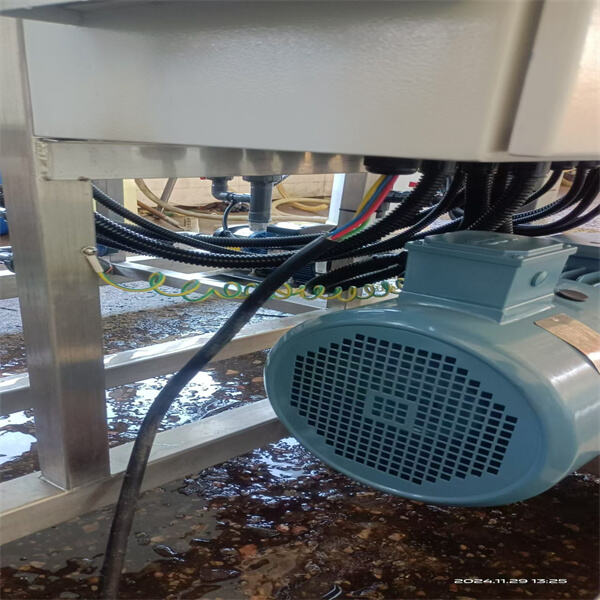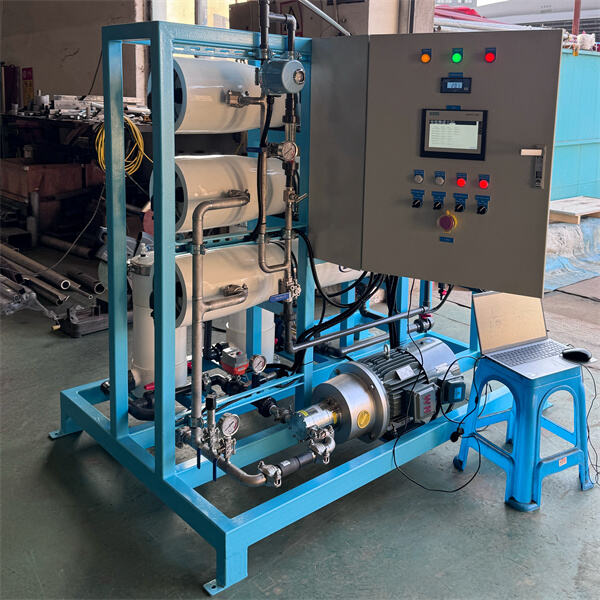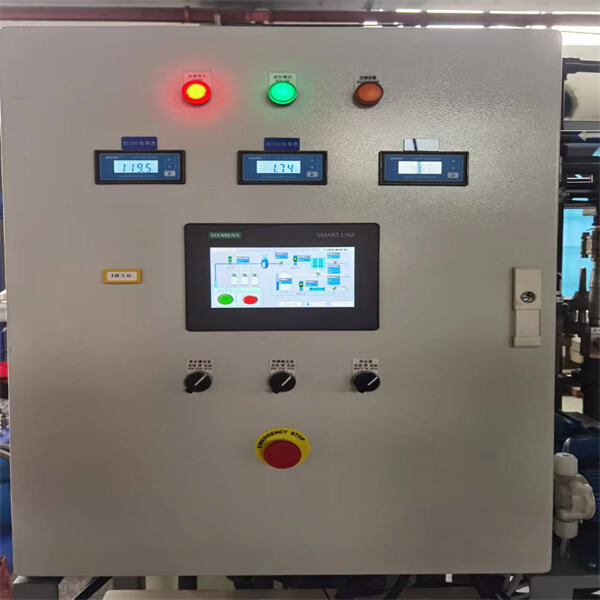Bisa sulit mengetahui berapa biaya yang diperlukan untuk mengubah air laut menjadi air minum yang bersih. Proses ini mengambil air laut yang asin dan memurnikannya agar dapat diminum oleh orang-orang. Ini sangat penting di tempat-tempat yang tidak memiliki air tawar, tetapi bisa juga menjadi sangat mahal.
Ada biaya yang mungkin tidak langsung dirasakan oleh orang-orang. Salah satunya, pabrik desalinasi mahal untuk dibangun, dan peralatan yang diperlukan juga mahal untuk dibeli. Selain itu, ada biaya tetap untuk memelihara pabrik-pabrik tersebut, mengonsumsi energi, dan membuang limbah. Biaya-biaya ini dapat dengan cepat bertambah dan membuat air desalinasi menjadi kurang terjangkau.

Hanya dengan melihat biaya desalinasi, kita bisa melihat bahwa sebagian besar uang yang dihabiskan digunakan untuk energi. Mendesalinasi air laut membutuhkan banyak daya, yang dapat meningkatkan tagihan listrik untuk pabrik-pabrik tersebut. Dan peralatan yang diperlukan juga sangat mahal untuk dipasang dan dioperasikan, menambah biaya secara signifikan.

Terdapat juga masalah ekonomi yang terkait dengan destilasi air laut. Meskipun destilasi menyediakan sumber air tawar yang andal, hal ini memiliki potensi untuk menekan perekonomian lokal karena biaya tinggi. Situasi ini bisa sangat berat bagi komunitas yang sudah menghadapi kesulitan finansial dan mungkin tidak mampu membayar air mahal yang dihasilkan oleh pabrik destilasi.

Biaya sebenarnya dari destilasi bagi komunitas pesisir, pada akhirnya, lebih dari sekadar uang. Lalu ada dampak lingkungan yang harus kita pertimbangkan. Proses destilasi berpotensi melukai kehidupan laut dan ekosistem, lagi-lagi, ini adalah biaya tersembunyi. Ada bahaya terlalu bergantung pada air hasil destilasi: Orang bisa merasa terlalu aman, dan berhenti menjaga sumber air alami.

Hak Cipta © Sihe Biotechnology (Jiaxing) Co., Ltd. Hak Cipta Dilindungi | Kebijakan Privasi|Blog